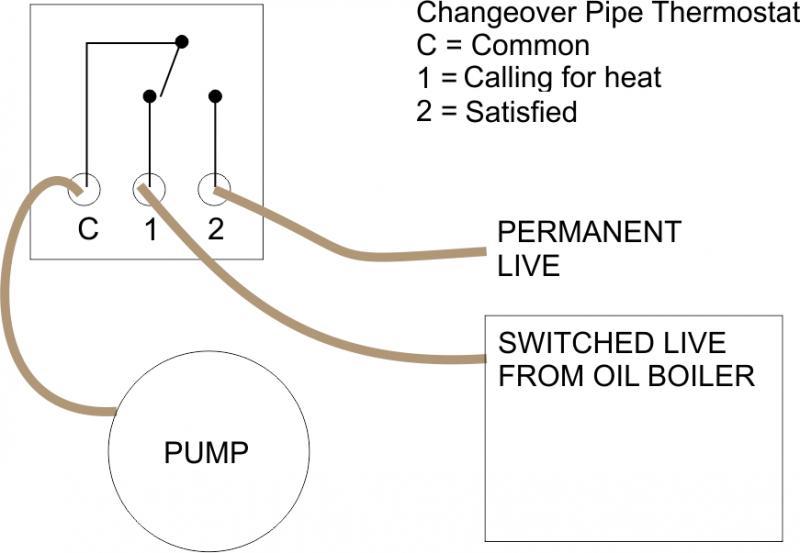- Joined
- 21 Jan 2014
- Messages
- 6
- Reaction score
- 0
- Country

Hi guys - I've had a quick search through the forum & can't find the answer to my issue, so please forgive me if its been asked before & I missed it!
I've just installed a solid fuel stove with a back boiler in my house and its been plumbed into the existing heating system right at my oil boiler - eg the return pipe to the oil boiler was re-directed to the stove & then the return pipe from the stove goes back into the oil boiler - just extending the circuit.
SO - the original circulating pump is still in place & is currently switched on 24/7 until I've figured out how to properly control it!
The circulating pump needs to power on either when the oil boiler is powered up OR when the pipe stat on the stove heats up. It needs to be activated regardless of which input requires it, or even if they both do, and only switch off if there is no power from either,...
How do I do this??!
Many thanks in advance for your help.
I've just installed a solid fuel stove with a back boiler in my house and its been plumbed into the existing heating system right at my oil boiler - eg the return pipe to the oil boiler was re-directed to the stove & then the return pipe from the stove goes back into the oil boiler - just extending the circuit.
SO - the original circulating pump is still in place & is currently switched on 24/7 until I've figured out how to properly control it!
The circulating pump needs to power on either when the oil boiler is powered up OR when the pipe stat on the stove heats up. It needs to be activated regardless of which input requires it, or even if they both do, and only switch off if there is no power from either,...
How do I do this??!
Many thanks in advance for your help.


